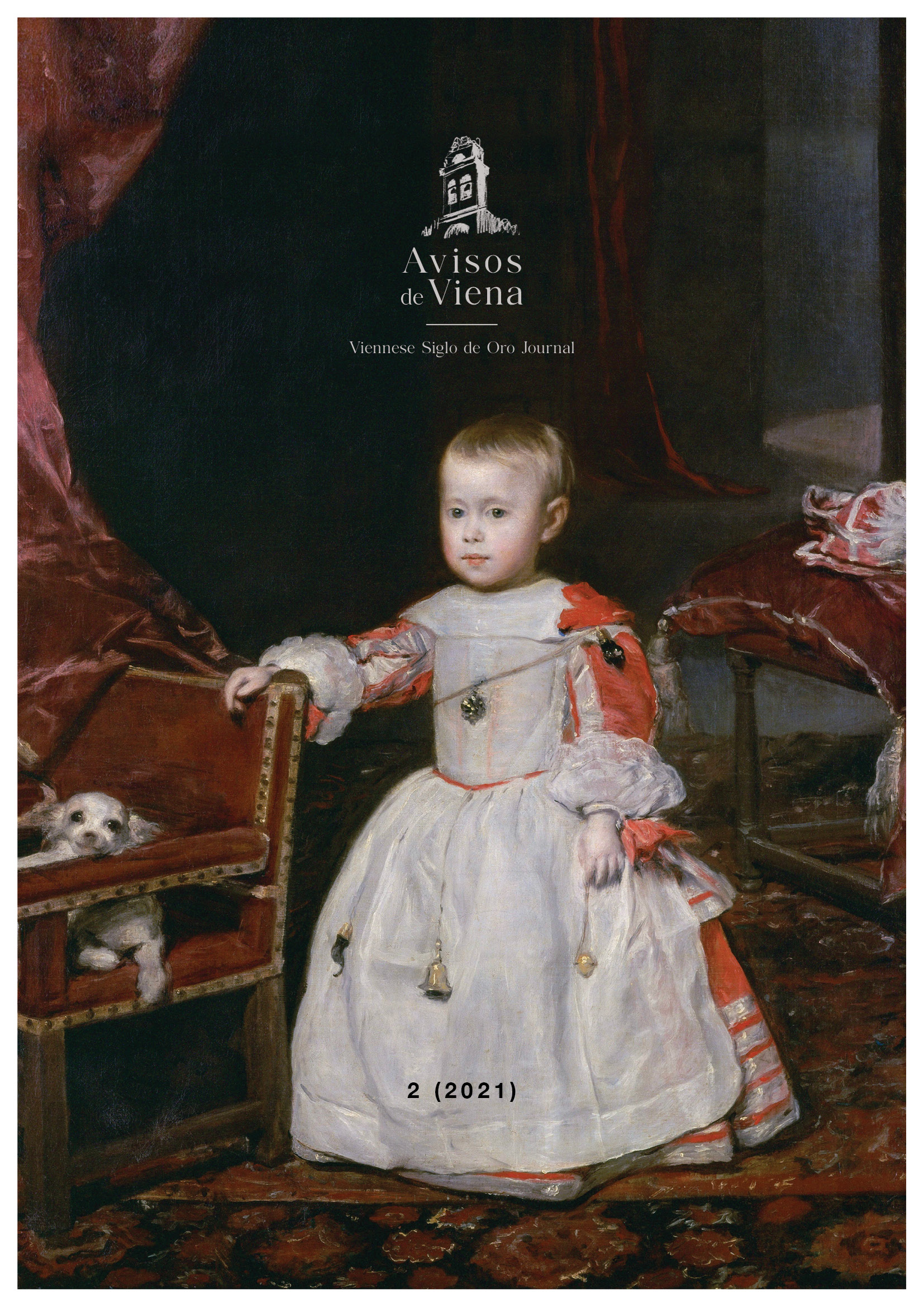Lázaro de Tormes, historia de una neurosis
DOI:
https://doi.org/10.25365/adv.2021.2.6190Keywords:
Picaro, Spanish Golden Age Literature, Freudian Analysis, Psychological Development, Lazarillo de TormesAbstract
The literary picaro of the Golden Age begins to form in early childhood and reaches its peak expression around adolescence, declining upon reaching adulthood. Following this model, the life of Lazarillo de Tormes unfolds in innocence until he enters the service of his first master, who opens his eyes to the world's hostility. Despite differences among various picaros from Lazarillo to those of the late 17th century, they all stem from an antihero molded by circumstances in early childhood. This article explores the psychological development of Lazarillo de Tormes through a Freudian lens, tracing his upbringing and its influence on his later picaresque adventures.
References
Enríquez, A. (1644). El siglo pitagórico y Vida de don Gregorio Guadaña (T. de Santos, Ed.). Cátedra, 1991.
Freud, S. (1900). Die Traumdeutung (J. Heise, Ed., 12th ed.). Reclam, 2019.
Freud, S. (1905). Drei Abhandlungen zur Sexualtheorie (L. Bayer & H.-M. Lohmann, Eds.). Reclam, 2010.
Lazarillo de Tormes. (1554). (F. Rico, Ed., 24th ed.). Cátedra, 2014.
Piccolomini, E. S. (1452). Historia Austrialis (M. Wagendorfer & J. Knödler, Eds., Vol. II). Monumenta Germaniae Historica, 2009.
Quevedo, F. de. (1626). La vida del Buscón llamado Don Pablos (D. Ynduráin, Ed., 25th ed.). Cátedra, 2014.
Downloads
Published
How to Cite
Issue
Section
License
Copyright (c) 2021 Fernando Sanz-Lázaro

This work is licensed under a Creative Commons Attribution 4.0 International License.
© Open Access, CC BY 4.0












